Sasyk-Bulak Village - Construction of a Landfill
Coordinates: 42.445882, 72.684380
Landfills (official sites for the storage, disposal, and burial of waste) must comply with a number of international norms and standards to minimize negative impacts on the environment and human health. These norms are developed by international organizations such as the UN, the European Union, the World Health Organization (WHO), as well as national regulators. Here are the main mandatory characteristics and standards that a landfill must meet:
Distance from populated areas: The landfill must be located at a safe distance from residential zones to reduce the impact of odors, air emissions, and water pollution.
Avoidance of natural areas: The landfill should not be located near water bodies, forests, nature reserves, and agricultural land to minimize ecosystem contamination.
Geological stability: It is important to choose sites with low seismic activity and no risk of landslides or other natural disasters.
Installation of a liner barrier: A leachate containment system (such as synthetic membranes or clay barriers) must be installed at landfills to prevent leachate (substances released during waste decomposition) from entering the soil and groundwater.
Drainage system: A drainage system must be provided to collect leachate for subsequent treatment and safe disposal.
Monitoring of groundwater quality: Regular monitoring of groundwater conditions is necessary to detect possible contamination.
Collection and disposal of landfill gas: Modern landfills must have a system for collecting landfill gas (primarily methane), which is generated during the decomposition of organic waste. This gas can be used for electricity generation or must be disposed of through safe combustion (flaring).
Air monitoring: Landfills are required to monitor the levels of greenhouse gas emissions and other hazardous substances in the atmosphere.
Waste sorting: Landfills must provide the capability to sort waste before burial. Special attention is given to hazardous waste, such as chemicals, batteries, and electronic devices, which require special processing.
Recycling and reuse programs: International standards encourage the implementation of recycling and reuse programs for materials (metals, plastics, glass, organic waste).
Rehabilitation project: Upon closure of the landfill, a rehabilitation plan for the area must be developed. The landfill must be covered with a protective layer (such as soil or artificial material) to prevent gas emissions and precipitation infiltration into the landfill body.
Green plantings: In most cases, the area of the closed landfill should be planted with vegetation to restore the natural landscape and improve the ecological situation in the area.
Protection of public health: Landfills must comply with sanitary norms and regulations aimed at preventing the spread of infectious diseases, the emergence of pests, and environmental pollution.
Control of noise and dust levels: The landfill must minimize noise pollution and dust emissions, especially during active operations.
Compliance with international conventions: The landfill must comply with international agreements, such as the Basel Convention, which regulates the transboundary transport and disposal of hazardous waste, as well as other environmental norms and requirements established by the UN and WHO.
Licensing and control: Any landfill must undergo a licensing procedure in accordance with national and international requirements and be regularly inspected for compliance with environmental standards.
Transparency and accountability: Landfills are required to regularly publish information about the state of the environment, monitoring results, and measures taken for nature protection. It is important to involve the local population in discussions about the landfill's operations to ensure transparency in its activities.
Compliance with international standards and requirements is the foundation for the safe operation of landfills. These norms help minimize negative impacts on the environment, prevent air, soil, and water resource pollution, and protect public health.
Landfills (official sites for the storage, disposal, and burial of waste) must comply with a number of international norms and standards to minimize negative impacts on the environment and human health. These norms are developed by international organizations such as the UN, the European Union, the World Health Organization (WHO), as well as national regulators. Here are the main mandatory characteristics and standards that a landfill must meet:
Distance from populated areas: The landfill must be located at a safe distance from residential zones to reduce the impact of odors, air emissions, and water pollution.
Avoidance of natural areas: The landfill should not be located near water bodies, forests, nature reserves, and agricultural land to minimize ecosystem contamination.
Geological stability: It is important to choose sites with low seismic activity and no risk of landslides or other natural disasters.
Installation of a liner barrier: A leachate containment system (such as synthetic membranes or clay barriers) must be installed at landfills to prevent leachate (substances released during waste decomposition) from entering the soil and groundwater.
Drainage system: A drainage system must be provided to collect leachate for subsequent treatment and safe disposal.
Monitoring of groundwater quality: Regular monitoring of groundwater conditions is necessary to detect possible contamination.
Collection and disposal of landfill gas: Modern landfills must have a system for collecting landfill gas (primarily methane), which is generated during the decomposition of organic waste. This gas can be used for electricity generation or must be disposed of through safe combustion (flaring).
Air monitoring: Landfills are required to monitor the levels of greenhouse gas emissions and other hazardous substances in the atmosphere.
Waste sorting: Landfills must provide the capability to sort waste before burial. Special attention is given to hazardous waste, such as chemicals, batteries, and electronic devices, which require special processing.
Recycling and reuse programs: International standards encourage the implementation of recycling and reuse programs for materials (metals, plastics, glass, organic waste).
Rehabilitation project: Upon closure of the landfill, a rehabilitation plan for the area must be developed. The landfill must be covered with a protective layer (such as soil or artificial material) to prevent gas emissions and precipitation infiltration into the landfill body.
Green plantings: In most cases, the area of the closed landfill should be planted with vegetation to restore the natural landscape and improve the ecological situation in the area.
Protection of public health: Landfills must comply with sanitary norms and regulations aimed at preventing the spread of infectious diseases, the emergence of pests, and environmental pollution.
Control of noise and dust levels: The landfill must minimize noise pollution and dust emissions, especially during active operations.
Compliance with international conventions: The landfill must comply with international agreements, such as the Basel Convention, which regulates the transboundary transport and disposal of hazardous waste, as well as other environmental norms and requirements established by the UN and WHO.
Licensing and control: Any landfill must undergo a licensing procedure in accordance with national and international requirements and be regularly inspected for compliance with environmental standards.
Transparency and accountability: Landfills are required to regularly publish information about the state of the environment, monitoring results, and measures taken for nature protection. It is important to involve the local population in discussions about the landfill's operations to ensure transparency in its activities.
Compliance with international standards and requirements is the foundation for the safe operation of landfills. These norms help minimize negative impacts on the environment, prevent air, soil, and water resource pollution, and protect public health.
The research was conducted with the support of the Global Greengrants Fund (GGF), one of the leading donor organizations in the world supporting the efforts of ordinary people to protect the planet Earth. #GlobalGreengrantsFund #GreengrantsFund #Greengrants #GGF #GlobalGreengrantsFund


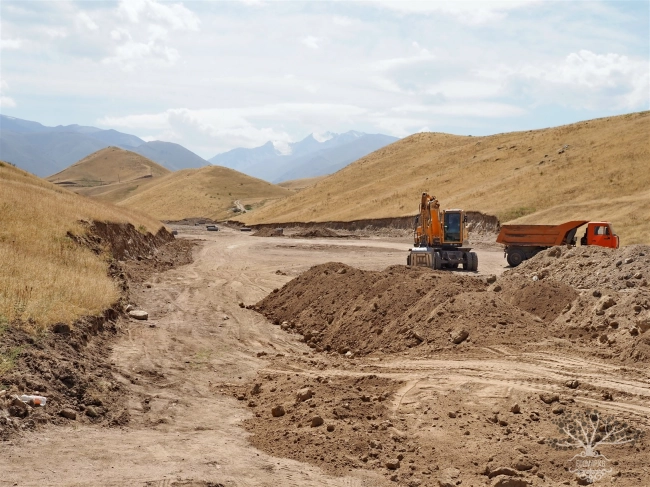
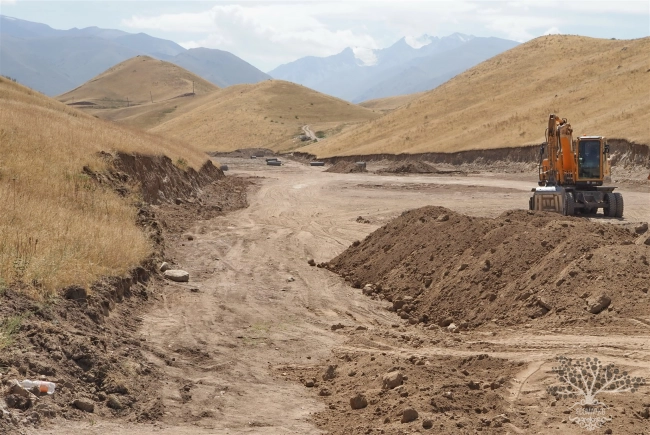
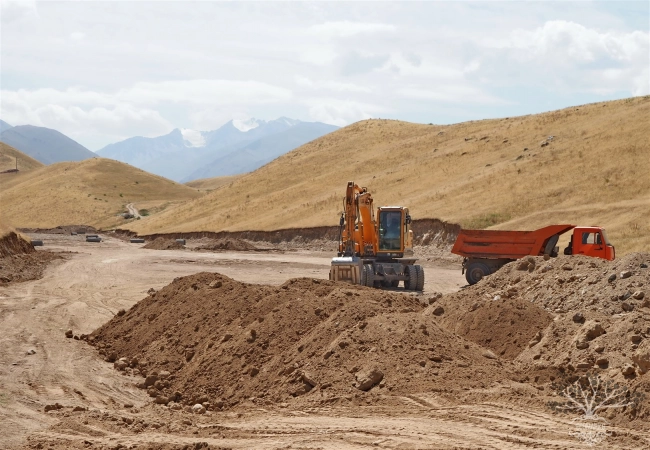
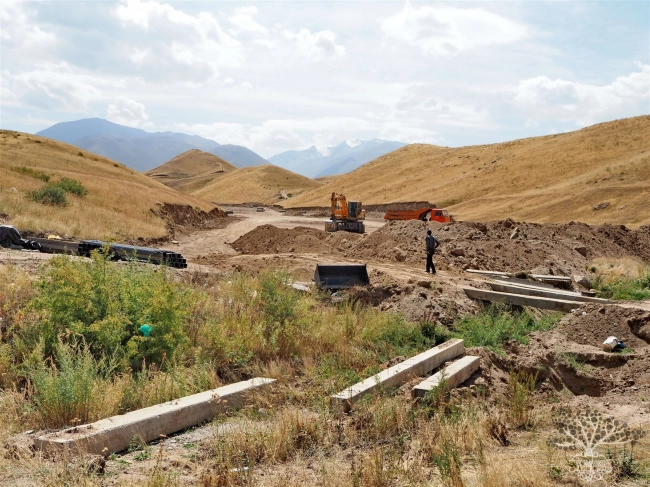
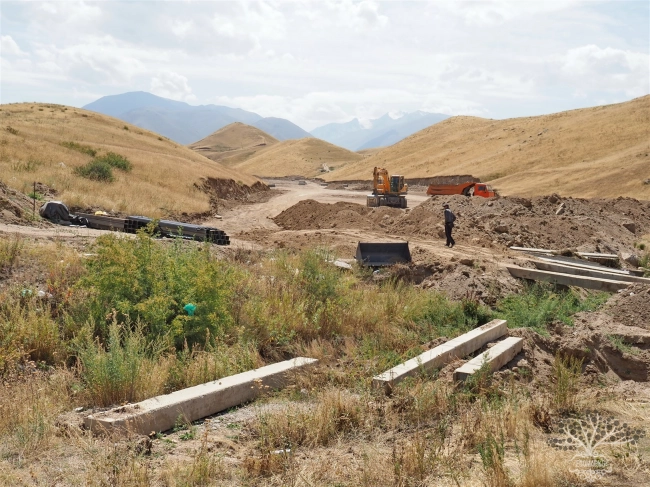



















Attention: Information based on submitted complaints